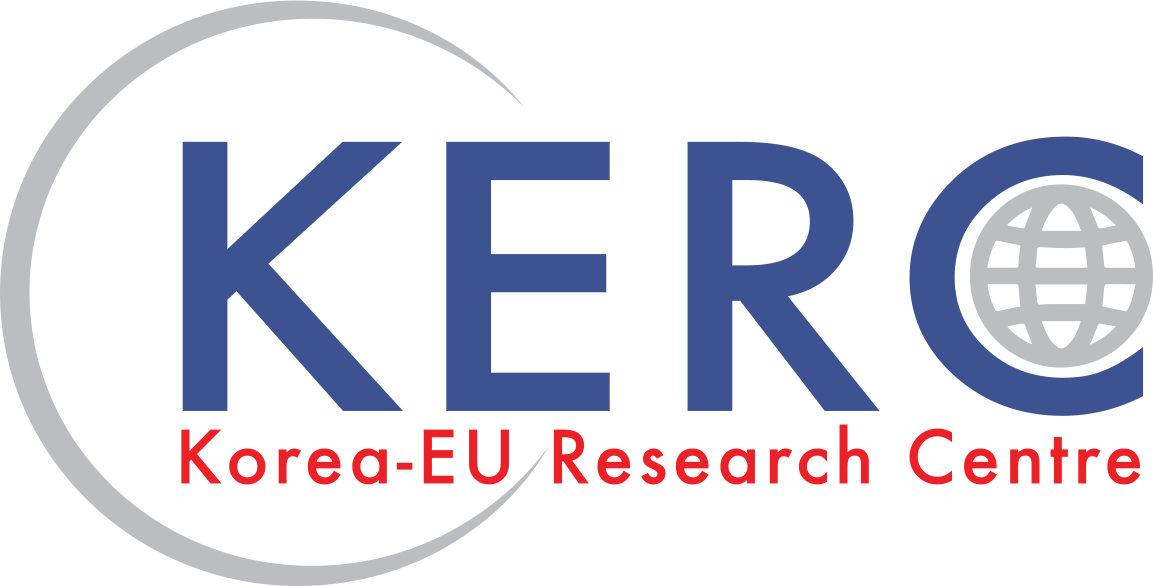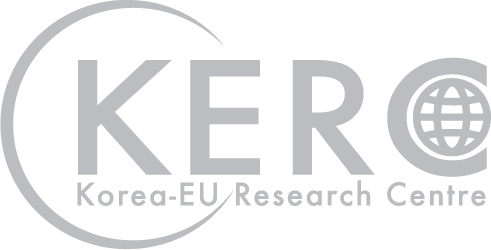
The smart IT convergence system research team at the Korea Research Institute of Bioscience and Biotechnology (KRIBB) has developed a nanofiber-based ultra-fine dust filter that can collect particulate matter known as known as PM2.5.
South Korean researchers have succeeded in developing a nanofiber-based filter that can efficiently filter out ultra-fine dust.
The Korea Research Institute of Bioscience and Biotechnology (KRIBB) announced on March 29 that its smart IT convergence system research team has developed a nanofiber-based ultra-fine dust filter that can collect particulate matter known as known as PM2.5, which is 2.5 micrometers or less in diameter, through a joint study with the high polymer convergence material science department of Chonnam National University.
High efficiency particulate air (HEPA) filters, which are currently ubiquitous in South Korea, can effectively collect fine dust particles based on a fiber with a few tens of micrometers in size, but have been criticized over pressure loss. Pressure loss refers to differences in pressure between the entrance and the exit of the filters. Also, efforts to reduce the loss by lowering the volume of air flow can have a negative impact on the capacity of filters, while increasing air flow can create noise and consume more energy.
The research team adopted reactive ion-etching technology (RIE) to electrospun high-molecular nanofiber material to reduce the thickness of fiber and chemically treat the surface with oxyfuel gas at the same time in order to improve the fine dust collection capacity. Based on this, it succeeded in raising the fine dust collection capacity of nanofiber-based filters by 25 percent compared to other fiber-based fine dust filters. Maintaining 95 percent of dust collection, which is the same level with HEPA filters, the researchers were also able to improve pressure loss by 30 percent. With the new technology, the interior of a car polluted with the level of 70μg/m3 can be cleaned effectively in 16 minutes with relatively low energy consumption.
“(The new filters) can be used in car air purifier filters as well as smart masks and window filters. We can also expand the new technology to various areas such as high-efficiency secondary battery filters and special medical fiber materials,” said the KRIBB. The findings from the study were published in the online edition of Chemical Engineering Journal.
See URL for details : http://www.businesskorea.co.kr/news/articleView.html?idxno=21372
Source : BUSINESSKOREA


